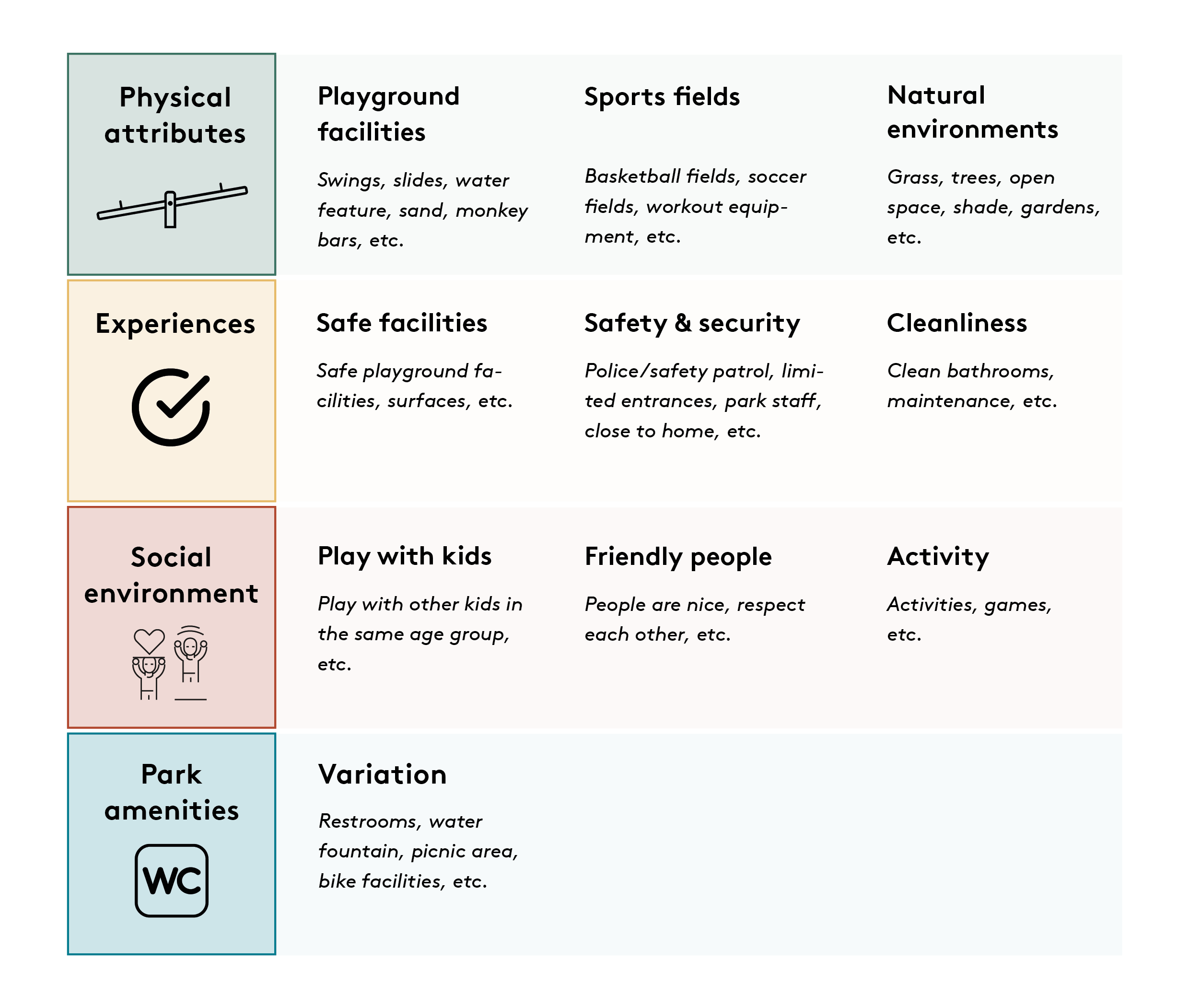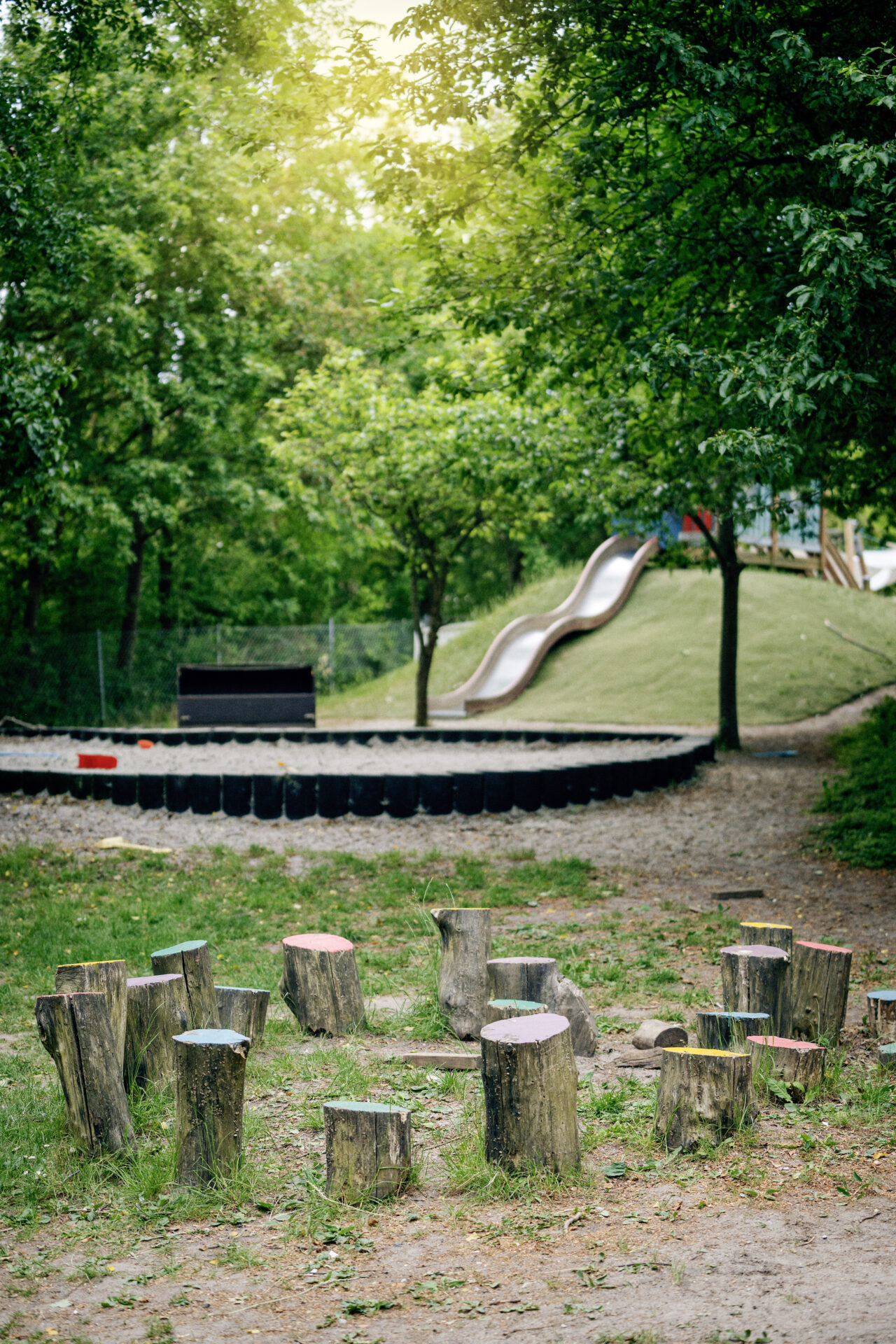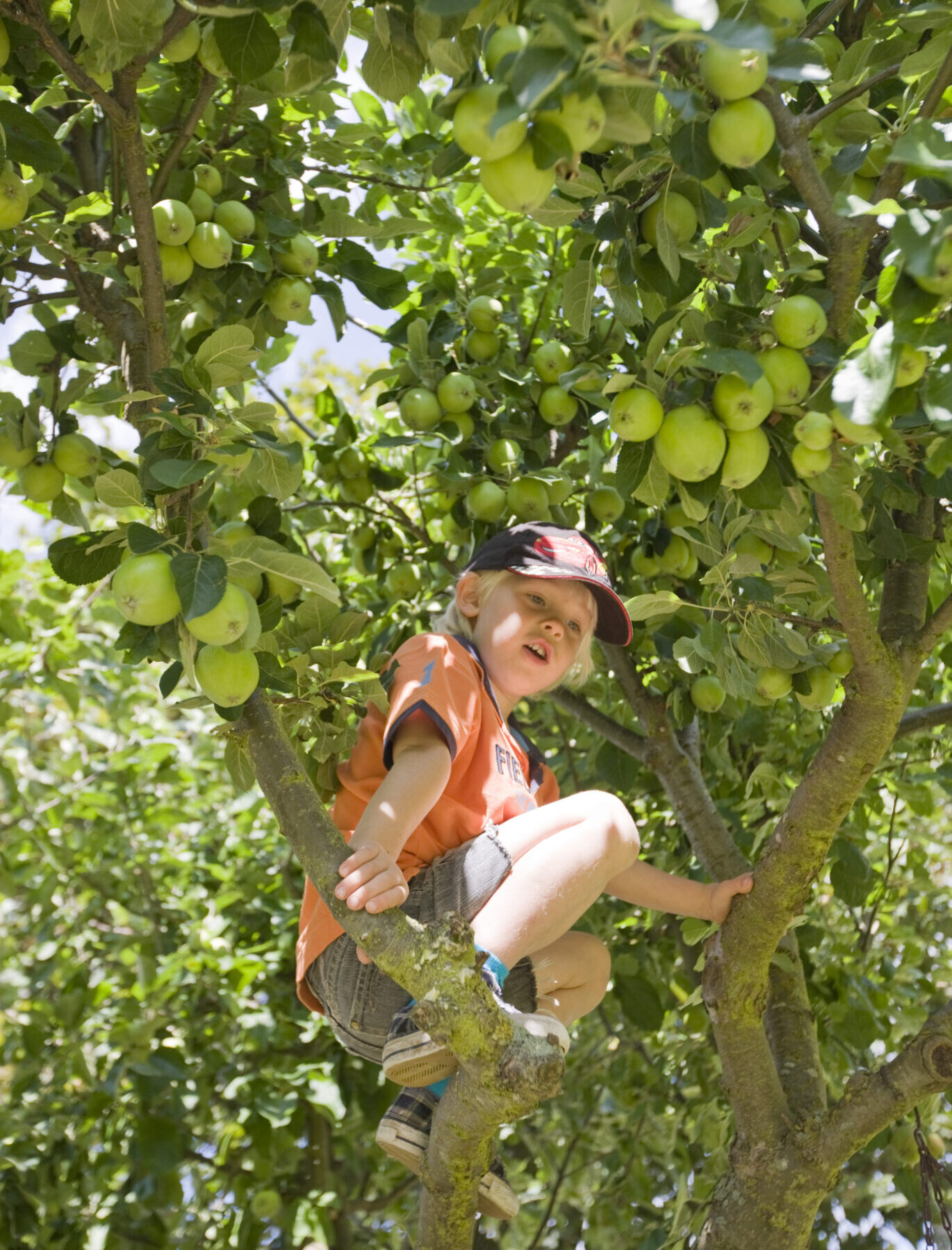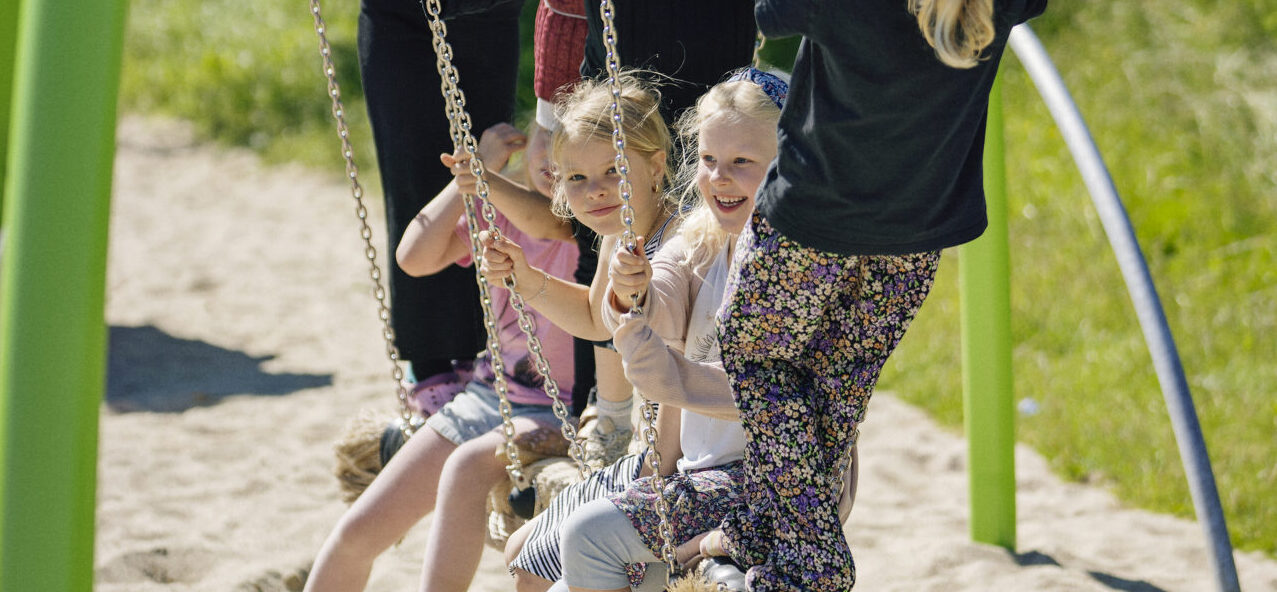
Which park features are essential for promoting physical activity in children?
Introduction and aim
Research has shown that in lower-income and diverse neighborhoods, parks play a vital role in children’s active lives.
Parents’ and caregivers’ preferences for parks significantly influence children’s activity levels, and understanding these dynamics is crucial for addressing health disparities, particularly in African American and Latino youth, as well as those from low-income families.
In this brief, we highlight key findings from two studies, stressing the need for effective programs, environments, and policies to promote active lifestyles. This includes utilizing parks and playgrounds as free resources for play and physical activity.
This brief is relevant for playground, city, and park planners, as well as researchers and professionals engaged in the planning and design of public open spaces.

The two studies in short
Key results
Looking at the two studies, the authors found that parental preferences, areas of activity, and differences by race and ethnicity can influence children’s physical activity in parks.
Parental Preferences
Ogletree and colleagues (2020) found the highest preferences for:
- Physical attributes
- Experiences
- Social environment
- Park amenities

Areas of activity
- Swing sets were the busiest areas in the park, with the highest activity levels
- Water/splash features were the least active spots
- Playgrounds were popular and well-used
- Structured activities like sports practices or supervised events were infrequent, but attracted more children when they occurred
- During organized activities such as soccer practice, there was a higher presence of children. However, children were mostly found playing in informally organized areas
- Informal play opportunities outnumbered formal ones significantly across all parks
- Handball courts and baseball fields had the lowest presence of children.
Differences by race and ethnicity
-
African American children were less likely to visit parks immediately after school hours (3-5:30 pm) in spring
-
Latino children showed the highest likelihood of being in parks during weekend days
-
Areas with formal organized activities tended to attract Asian American and Latino children more frequently
-
The majority of children, particularly Latino and Asian American children, were observed using swing sets and playgrounds
-
African American children were most commonly found on basketball courts.
Key results – continued
In the 79 site visits in New York City parks, Marquet and colleagues (2019) identified areas with the most activity.
Overall, they observed park use was lower in the early afternoon hours, and highest in the early evening (6-7 pm) and weekends. Children were less active in the shade or when the weather was warmer.
Among the 16,500 observed kids, one-third were Asian-American, 40% Latino, and almost 20% African American. Here, Marquet et al. (2019) observed that there were differences by race and ethnicity when it came to park use.
Key take home message
The findings emphasize the need to enhance parks to meet the needs and desires of all families, boosting usage by both children and adults.
Key concerns for parents include safety and park facilities.

Safety first
In Raleigh, Durham, and New York City Latino neighborhoods, where safety concerns are prominent, it is necessary to enhance security. This could be ensuring:
- Sufficient lighting,
- reducing litter and graffiti,
- and fostering community engagement to build trust within the park environment.
Focus on specific hours, organized activities, and spaces for warm weather
New York City parks could engage with children aged 5 to 10 directly after school to increase park usage, particularly during underused hours like 3-5:30 pm.
Increasing organized sports and programming, especially in areas like handball courts and baseball fields, could enhance park activity.
Moreover, parks should prioritize creating spaces that facilitate active play, even in hot summer months. Providing shaded areas for children to cool down is important, especially during warmer days, while ensuring they engage in at least 60 minutes of play each day.
All our briefs are accessible through our website, www.playgroundresearch.org.
On the website, you’ll find a compilation of briefs that offer a clear comprehension of research findings and their implications for future research and practical application.
You can also download a printable PDF version of this brief to facilitate sharing.
Literature
Downloads
Please click on the download link below to obtain a copy of each file
Main Editors

External Contributors

Similar Briefs
Projects
Explore our institute’s active engagement in developing playgrounds’ future through innovative research and current projects.
Briefs
We are dedicated to sharing valuable insights from research studies and reviews through concise and accessible publications.
Articles
Explore our article database for a comprehensive array of global research and insights, offering diverse perspectives and knowledge.
News
Stay up-to-date and engaged through the latest news, project updates, events, and activities specific to playground research.


